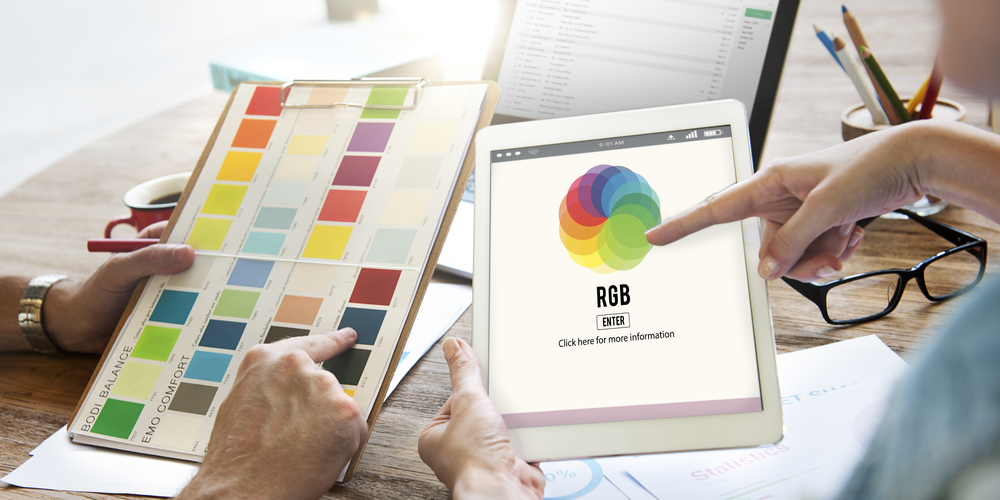
Did you know that 93% of online shoppers make purchases based on visual appeal, and color of the seller’s website?
Well, the outlook of a web page greatly attracts visitor’s attention. In essence, websites that are not appealing are always on the losing end, since web users are more likely to choose a more captivating site. That is why the color you choose for your website is crucial to its success.
Impact of Existing Design.
If you already have an established brand, then you are advised to stick to the brand design and theme when creating a website.
This is because visitors tend to identify their preferred seller based on a specific theme. If they go to a website and find the color used is far from what they are used to, they will probably think they are on the wrong site! Therefore, as much as you will want to tweak the colors, don’t shear off from the existing brand theme.
Factors To Consider When Choosing Colors For Your Website
There is nothing like a perfect color. What you think is the best, could be someone’s worst choice. However, understanding your customer’s needs could help you come up with a better selection. You therefore need to consider:
Gender
Who is your audience? Does your audience consist of one gender? Well, these are some of the questions you need to consider before settling on any color.
According to various studies, most male love the blue color, but tend to dislike brown and purple. On the other hand, female love blue or purple, but dislike orange and brown. It is, therefore, crucial to consider your target audience before making a final decision.
Age
Different age groups perceive colors differently. Notably, younger people love bright colors such as yellow, but dislike less attractive colors such as harsh reds. On the other hand, older people prefer colors with shorter wavelength such as green, blue and violet.
When To Opt For Color Picking Tools
As a website owner, you may find it hard to settle on the most ideal color for your site. For instance, if your audience comprises of different genders and age groups, you may be forced to seek the help of an expert, or use devices such as color selection tools.
There are numerous color tools that you can choose from. However, the simplest and more convenient is the ‘color wheel.’ A color wheel contains monochromatic, analogous and complementary colors. In essence, it provides various color options to choose from, depending on your preference.
Setting a Color Set
Once you settle on a specific color as the base of your website, you can then proceed to create a color set. A color set helps prevent the use of a single color on a web page. The most preferred method of color balancing is the 60-30 rule. The 60-30 rule divide colors into percentages i.e.
- 60% the primary color
- 30% secondary color
- 10% accent color
Tips and Tricks To Choosing Appealing Colors.
Always trust color rules
Most people end up choosing weird colors because they fail to follow color-selection rules. As a result, they end up choosing colors based on their preferences. In essence, the color may be appealing to you, but your audience may dislike it.
Check out your competitors
You are always advised to check your competitor’s website before making a final decision. This will help choose unique and attractive colors.
Colors influence emotions
Quite often, the colors we see affect our perception, emotions and mood swings. For instance, blue often creates a sense of trust and security, while a red color inspires the feeling of energy and urgency. You should, therefore, choose colors that somehow relate to your brand message.
Bottom line: So what’s the trick?
Color combination is crucial to attracting and retaining your online web visitors. When colors are balanced correctly, and used appropriately, your site will inevitably attract more visitors. However, you should avoid using a lot of colors, as it may distract potential clients. The best way is to limit colors used to a maximum of three.
Looking for a professional website design for your business? Contact us today for a FREE consultation!
